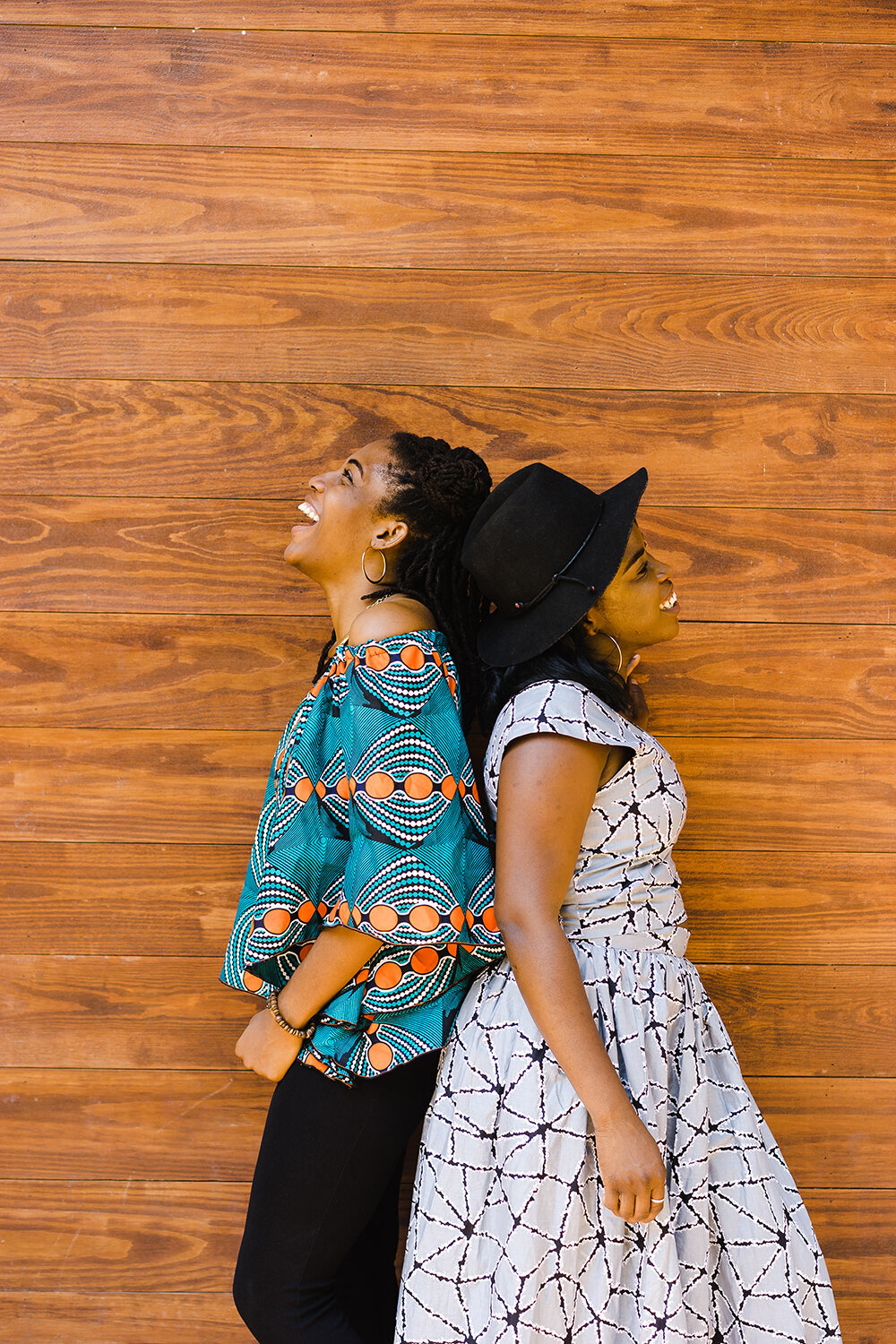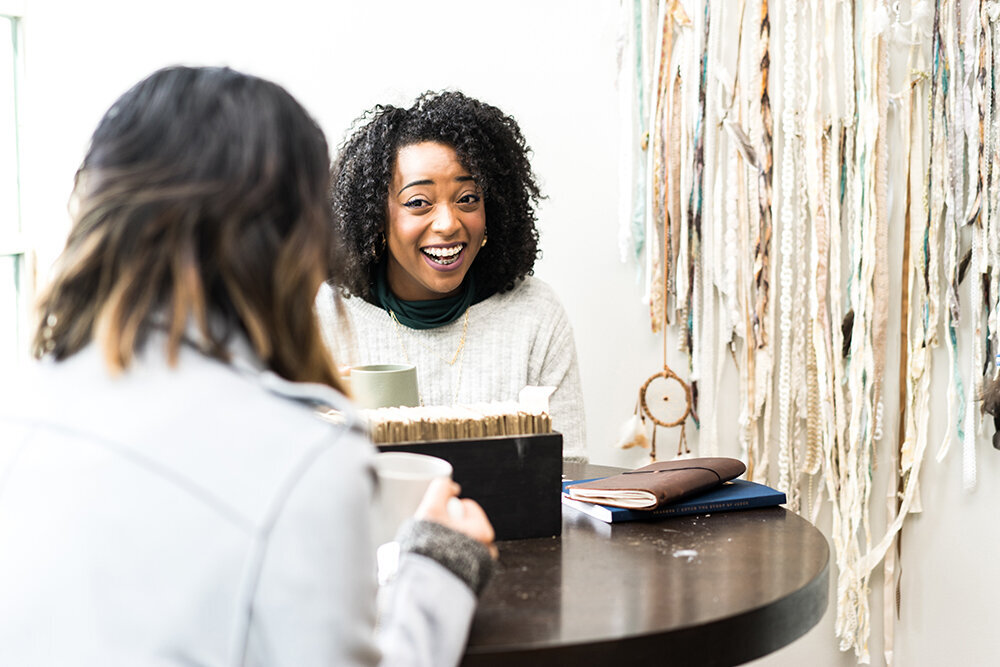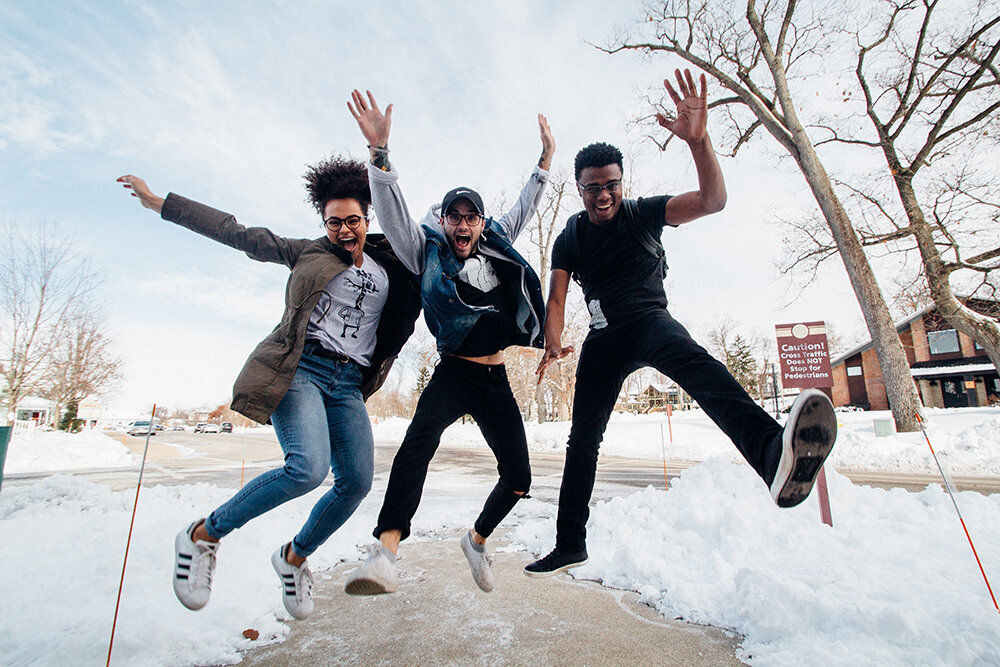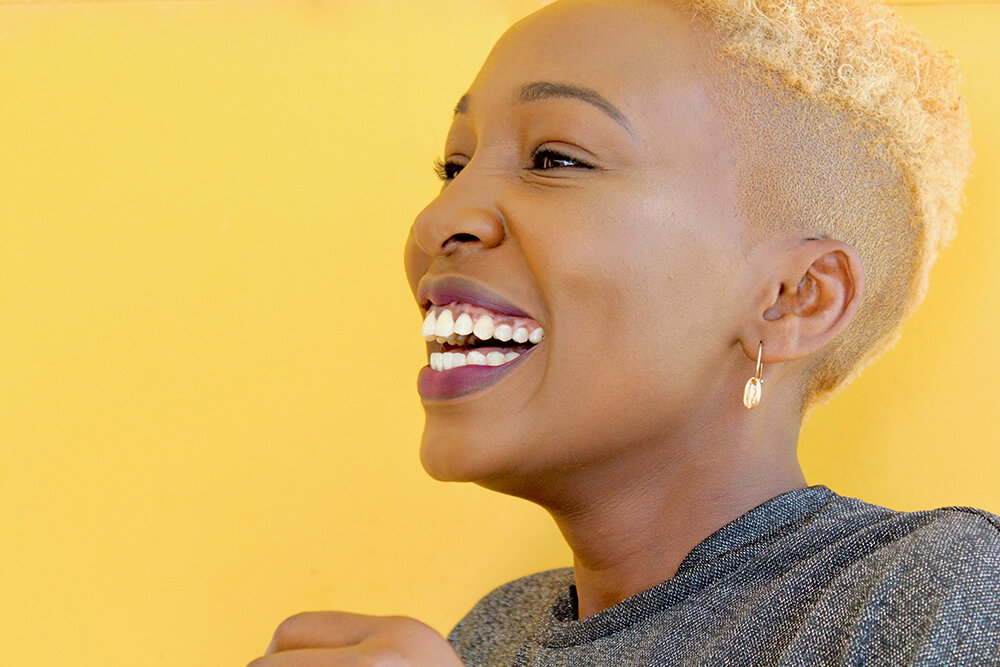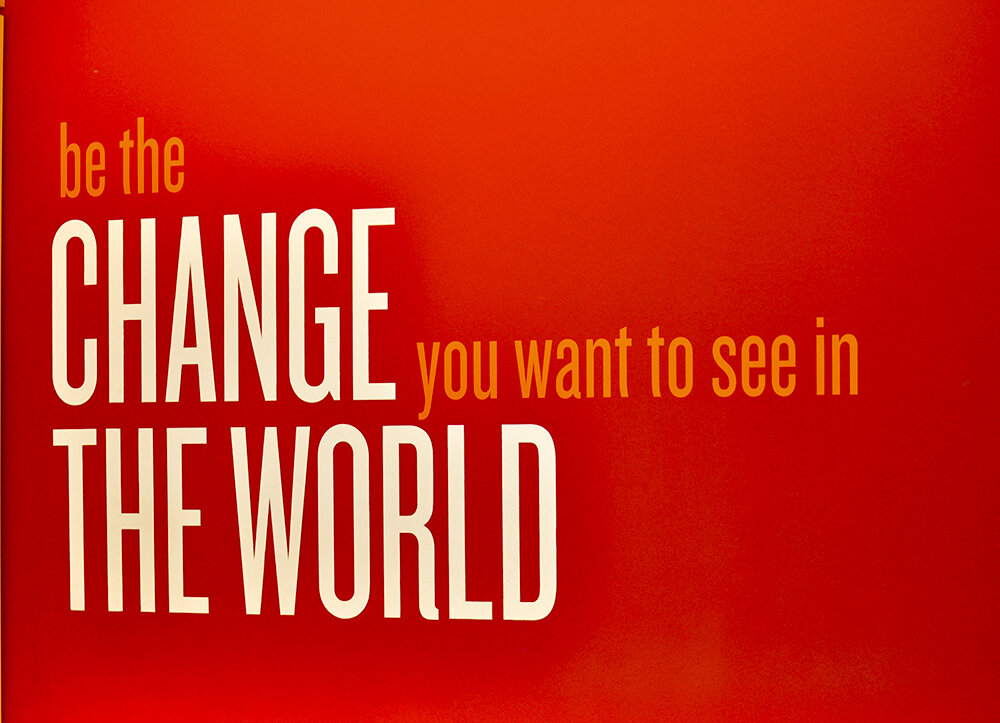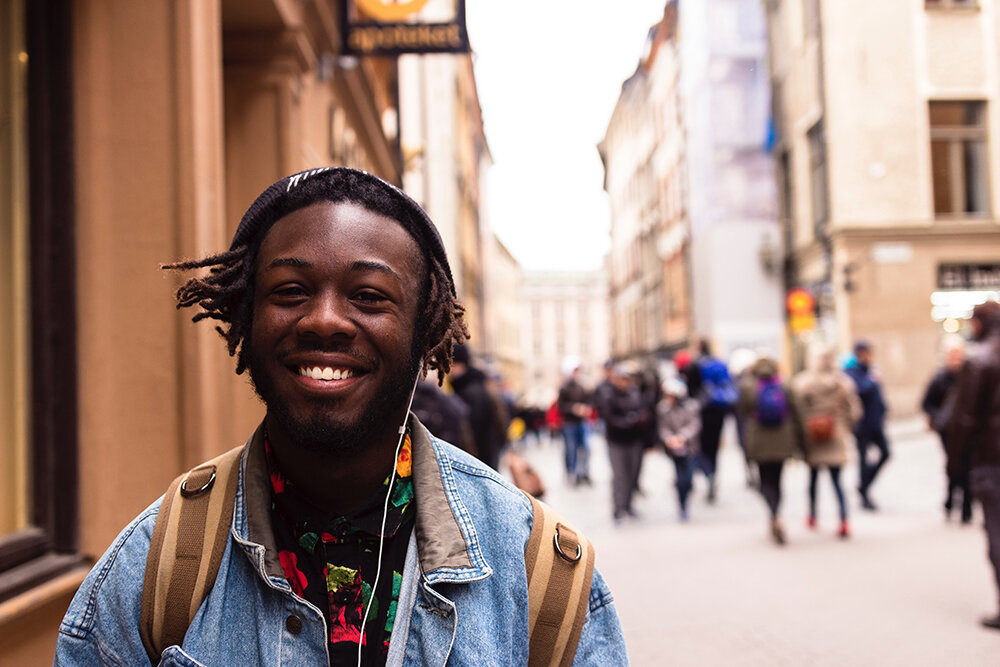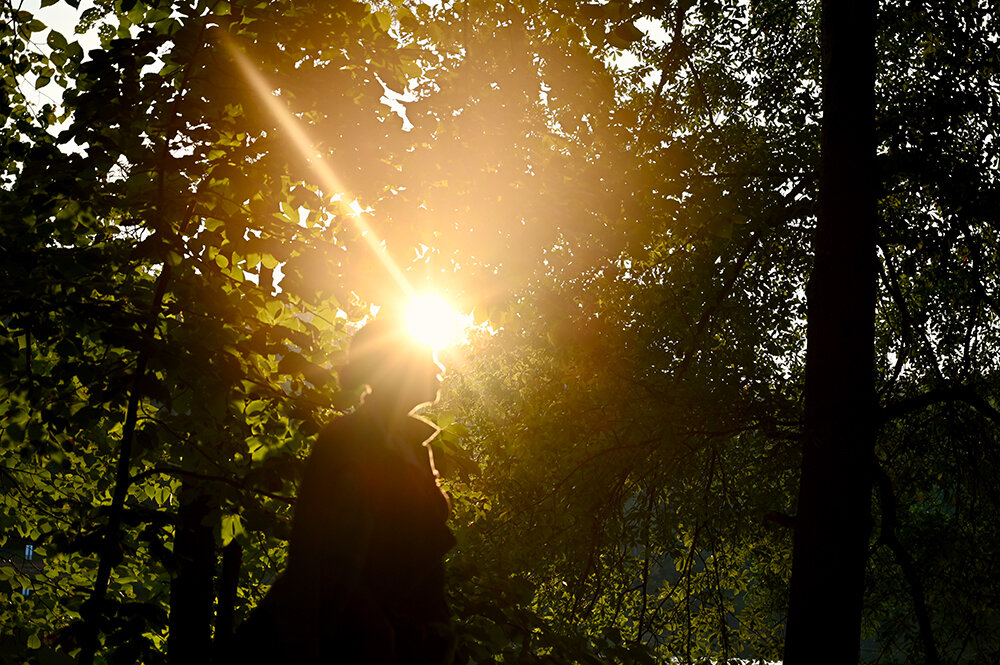
You must not lose faith in humanity. Humanity is like an ocean; if a few drops of the ocean are dirty, the ocean does not become dirty.”
— Mahatma Gandhi

Trauma Informed Care & Education: Yoga, Restorative Justice, Healing Arts & Nonviolence
You are resilient. We are resilient. Humans are resilient.
Our work supports participants in building resilience and releasing trauma by working with the body, with special attention on the breath, nervous system and brain.
There are many ways to work with trauma. What’s experienced in the body as trauma to one person may not be experienced as trauma to another.
Trauma is not only about a specific event or experience. It is the body reflexively responding to a perceived threat, it doesn’t matter how big or small.
The experience of trauma stays in the body, but can be released through various somatic movements and healing arts practices that can go beyond cognition, words and language.
Trauma impacts memory (in the body and brain) as well as the brain’s amygdala, and the parasympathetic nervous system which controls the rest and digest functions of the body. It also impacts the sympathetic nervous system, which controls the body’s flight, fight or freeze response.
When the body experiences trauma, a person’s nervous system can stay stuck in the “flight, fight, freeze” response, in which the nervous system is unable to rest and digest.
Trauma can be triggered by grief, death, violence (physical, emotional or sexual), a crisis (global, financial, spiritual, health, etc.), sudden change (separation/divorce) or a great loss.
It can show up as anger, agitation, anxiety, sadness, stress, depression or rigidness; and can lead to emotional unavailability, lack of intimacy or feeling like your heart is closed to love.
Feelings of being stuck, overwhelmed or not enough is another effect of trauma. This can lead to bias and the various “-isms”, which accompany a lack of empathy, pity or compassion with one’s self or others.
When we do the work to transform trauma within the body, we create spaces and opportunities for healing. This healing can impact our families; past, present and future generations; our community; and the world.
Racial Trauma: Oppression and Violence
Racial Healing: Building Resilience and Strength to Love
Traumas are connected to lived experiences, ancestral experiences or transgenerational experiences of oppression and violence, whether structural, environmental, racial or social.
Even though individuals may come from different backgrounds and experiences and may experience different levels of oppression, there is still a connection in regards to the impacts, symptoms and consequences of various oppressions. There are common threads in these experiences that when discovered or acknowledged can lead to individual, communal and collective healing.
Racial healing, building resilience and strength to love are complex. It’s important to make space in the nervous system to do the work of exploring the emotional, physical, mental and emotional toll of racism, bias and unconscious bias. We work through the body and use movement to create space for reflection, activism, spiritual growth and compassion.
We’ve studied and practiced healing modalities for over 20 years, and we’ve combined our yoga trainings, educational backgrounds and travels to sacred healing sites around the world to create this Paths to Peace healing program.
“Healing is a practice. It’s not a one time thing or an idea. If I get up and do a bunch of exercises and repeat them, over time my muscles will get stronger. Healing is a practice just like that.”
— Marnita Schroedl
Restorative Justice, Racial Healing & Community Building
Our goal is to be inclusive and build community with participants from different backgrounds, who are seeking a deeper journey inward towards healing and empowerment because everyone needs and deserves peace.
Through these inclusive practices individuals, neighborhoods, public safety officials and organizations can create a sense of belonging and a space for community members to find common ground and to share in a practice of peace building.
It’s important for participants to support one another when facing obstacles like violence, incarceration, immigration, addiction, human trafficking, sexual assault and various other issues that plague communities.
Creating a practice where all individuals and families in a community can come together is community building at its essence. When individuals can offer their talents and gifts to the community, it enhances feelings of belonging and the opportunity to feel valued, seen, heard and integral to the community.
These exercises reduce feelings of isolation and harmful behaviors that can cause unnecessary divisions and fractures in society.. Community building cultivates connection, encourages selfless service and offers the inspiration to “Be the Change.”
Restorative Justice
Racial Healing: Building Resilience and Strength to Love
Traumas are connected to lived experiences, ancestral experiences or transgenerational experiences of oppression and violence, whether structural, environmental, racial or social.
Even though individuals may come from different backgrounds and experiences and may experience different levels of oppression, there is still a connection in regards to the impacts, symptoms and consequences of various oppressions. There are common threads in these experiences that when discovered or acknowledged can lead to individual, communal and collective healing.
Racial healing, building resilience and strength to love are complex. It’s important to make space in the nervous system to do the work of exploring the emotional, physical, mental and emotional toll of racism, bias and unconscious bias. We work through the body and use movement to create space for reflection, activism, spiritual growth and compassion.
Understanding that all oppressions are connected, we use trauma informed yoga and the healing arts as a path into restorative justice to further promote individual and communal healing whether in our local communities or connecting with global communities.. It can create opportunities for unlikely bonds and shared experiences in healing.
“I imagine one of the reasons people cling to their hate so stubbornly is because they sense, once hate is gone, they will be forced to deal with pain.”
—James Baldwin
Healing Arts
Healing arts are creative forms of self expression that engage the imagination and the senses to address deep subconscious feelings and beliefs that are not always readily available through language or conscious thought.
Participants can become aware of and begin to transform their emotions and mental attitudes that block healing through the use of healing arts. This can create enriching experiences for personal change, self development and reception of pleasure.
The healing arts have been known to reduce stress and decrease feelings of loneliness and shame. These practices can also lessen fear, relieve anxiety and reduce pain. Healing arts enhance self-esteem, offer new coping mechanisms and give a sense of control to participants through an appreciation of the senses. This can create strong communal ties and feelings of belonging.
"Art is our one true global language. It knows no nation, it favors no race, and it acknowledges no class. It speaks to our need to reveal, heal, and transform. It transcends our ordinary lives and lets us imagine what is possible."
—Richard Kamler
Peace & Nonviolence Education
When a person becomes more aware of what’s happening inside of them, they start to identify old energy patterns, where they are stuck, the belief systems holding them back and the false narratives they’re telling themselves which are no longer serving them; allowing new belief systems, life affirming choices and heart songs to emerge.
It’s only when a person gains self-awareness that they become aware of what’s happening within them. Then, they can begin to transmute stagnant energy into healing energy.
We motivate, inspire and encourage participants to consider how important inner peace is and why we need to deal with our own “stuff.”
It’s through the process of identifying, forgiving, eliminating or reducing pain and confusion that inner peace will start to radiate out to the rest of the world. Not only is the individual impacted through inner peace and healing, but the people and communities around them are also impacted.
Yoga is an ancient practice which spans across civilizations and time with deep roots in India. Nonviolence activists like Mahatma Gandhi used yoga philosophy to lead a successful nonviolent resistance campaign in India, which inspired Dr. Martin Luther King, Jr. during the U.S. civil rights and freedom movements.
Human Rights and Civil rights activists like Nelson Mandela, Rosa Parks and Ambassador Andrew Young all practiced various pathways of yoga to help them heal and process the trauma, oppression and injustices in their lives.
We learn about some of the most influential and inspirational peace leaders and peace movements in history; and discover how practicing peace individually and teaching peace collectively can motivate us to change our thoughts, change our lives and serve our life’s purpose with empathy and grace.
“We still have a choice today; nonviolent coexistence or violent co-annihilation. This may well be mankind’s last chance to choose between chaos and community.”
—Dr. Martin Luther King, Jr.
“Healing isn’t fully healing if it doesn’t in some way connect the individual to the community...We heal so that communities can take on healing as part of their everyday ways of being.”
—Susan Raffo





